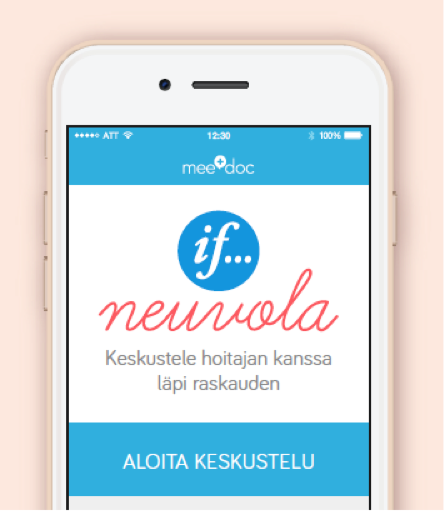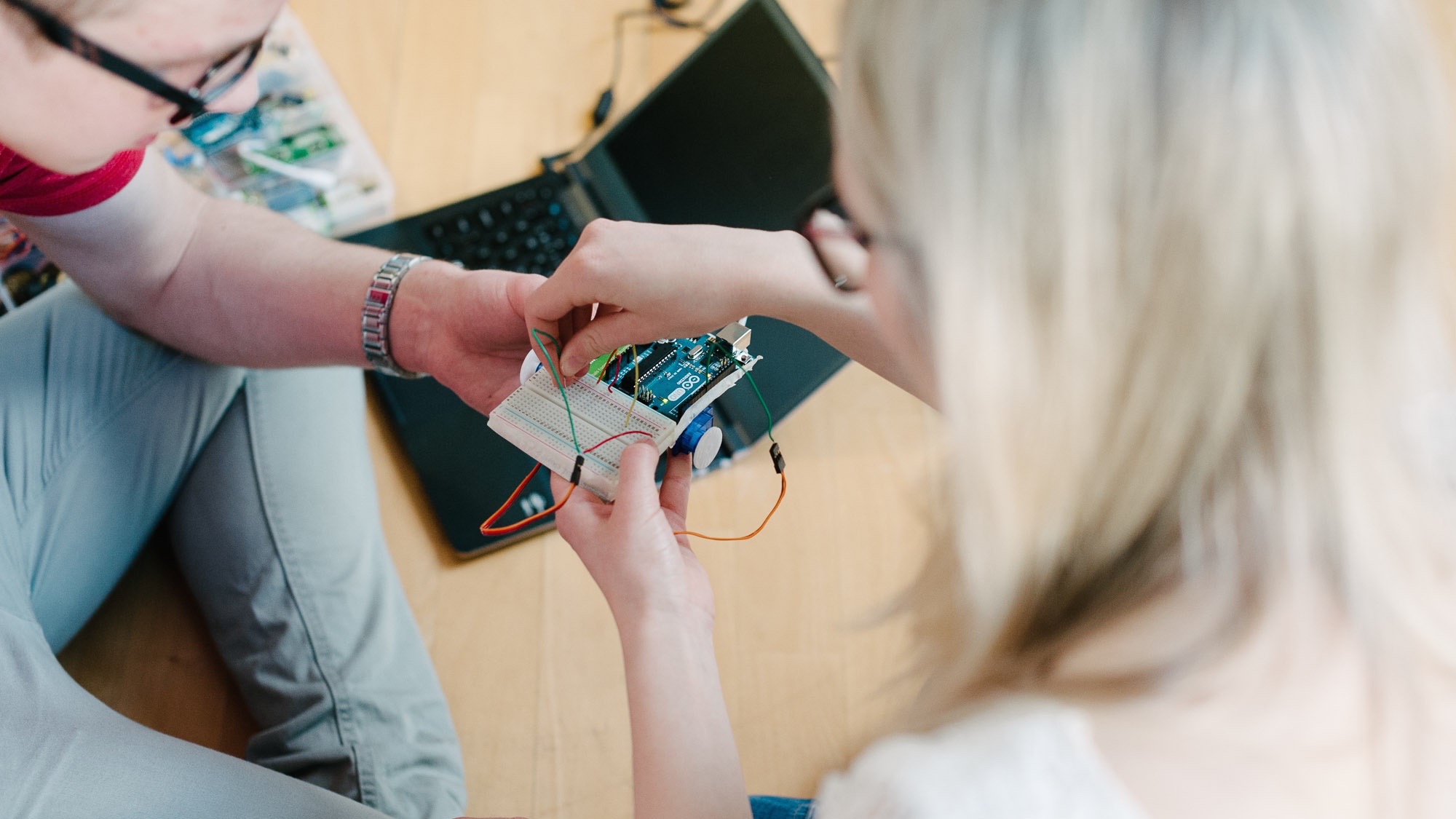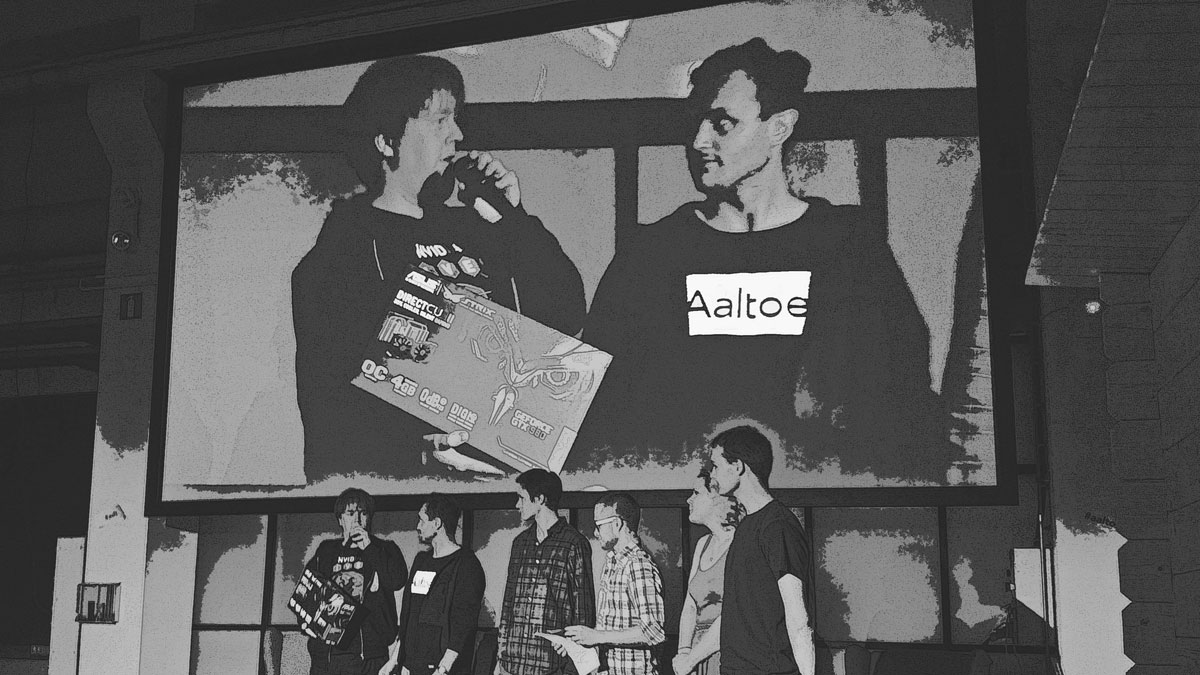
We are in, but why?
You might be wondering why (a little bit old school) an outdoor advertisement company would take part in a hackathon? Is it not actually a bit risky to take part in an event full of hackers and give you an access to our media space in the center of Helsinki? Well maybe, but since we are interested in seeing how future’s technology will connect citizens and advertisers, it is definitely worth the risk!
And then what? How are we in?
So what are we actually doing at the Junction 2015 Hackathon? We are bringing a digital outdoor advertising screen to the event. You can play with it, you can test your content and you can create whatever you like for it. You will also see your outcomes right away on a bigger screen.
And the best part is that the best hack (or hacks) will be presented at one of the busiest tram stops in the heart of Helsinki. We are building a special Slush tram stop with two digital screens, and your stuff will be on it!
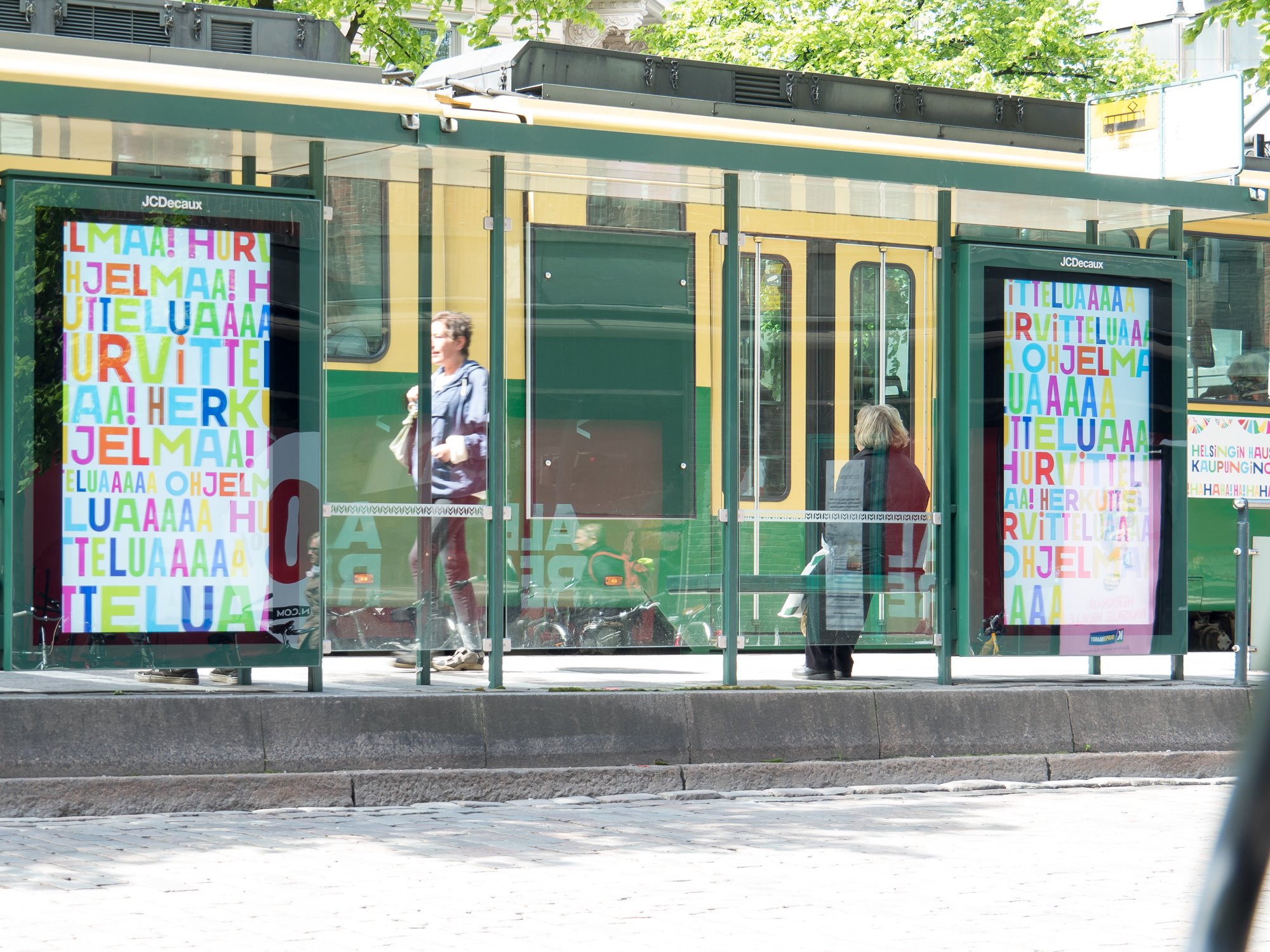
What might we see in Junction?
Future cities, health and future’s air travelling are some of the Junction themes. To help you come up with a hack idea, here are some examples of what kind of content you could build with some of the Junction partners and our digital screens.
Reminding people to help people in need
Using data from an existing online source or from your own server is one of the easiest ways to create data-driven digital out of home (DOOH) advertisement. For example, the Finnish Red Cross advertises in our digital panels in trams and metros when they need blood donations. The screens (or actually the server running the ad) get the data in real time from the Finnish Red Cross database and show all the different blood types so that people can see what blood types are needed. It is a very clever and easy way to remind people of the importance of donating blood.
Events take over the whole city
What will digital out-of-home (DOOH) look like in the future? We believe, that interactive, location driven and “mobile-connected” campaigns will be commonplace. One example of an interactive DOOH campaign is the Living Art Map. In this award winning campaign, digital out-of-home advertising screens showed a realtime heatmap of the locations where people downloaded the Night of the Arts application. The campaign was broadcast on digital screens around Helsinki during the event itself.
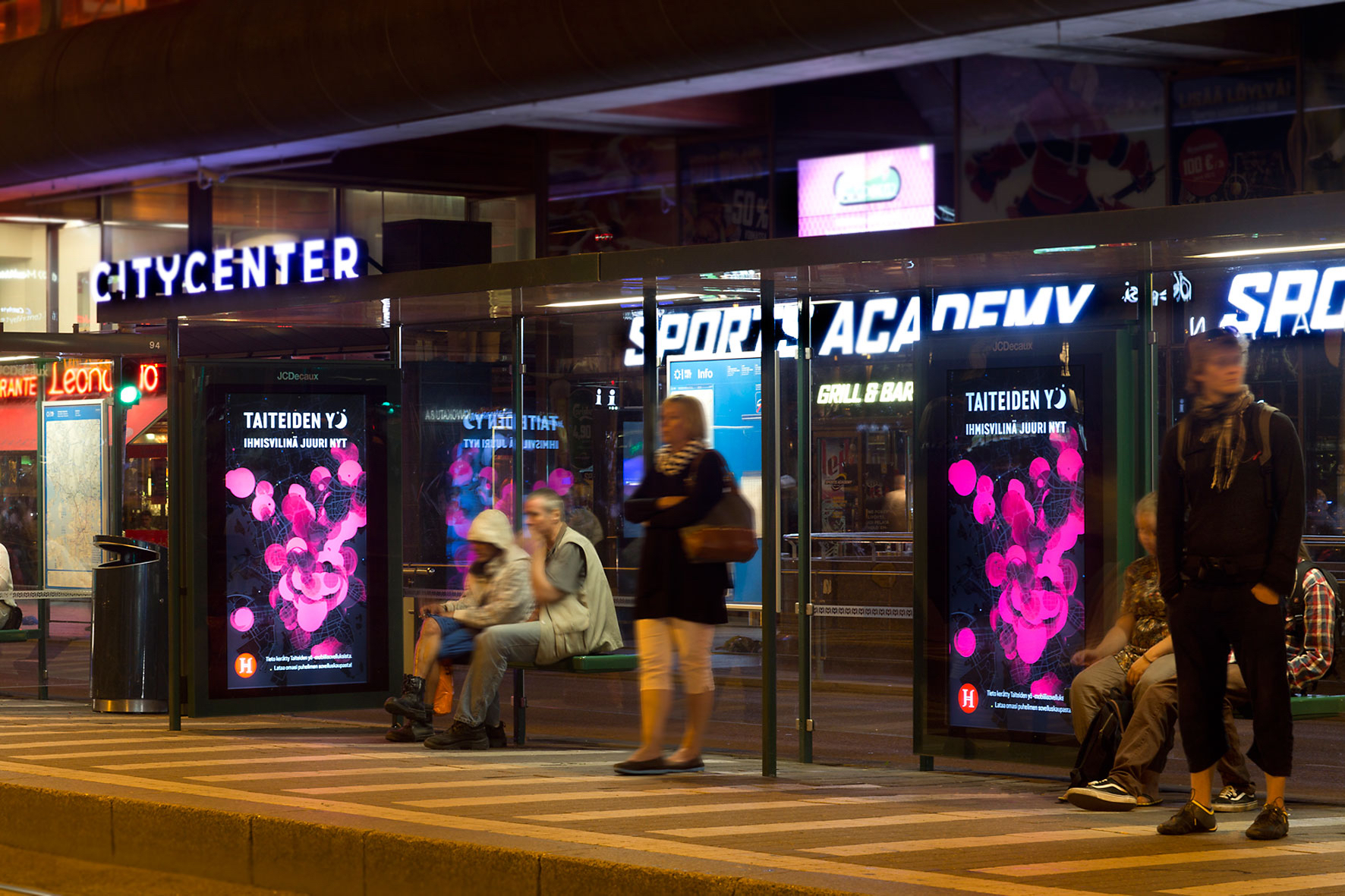
Excited as a kid when seeing an airplane flying over
There have been a number of campaigns that have utilized weather data. When the weather sucks you definitely dream about being somewhere else, so seeing a relevant (e.g. travel) out-of-home ad when you walk in the rain is a pretty good idea. But even cooler is the way that British Airways used DOOH. The billboard showed a kid pointing at a plane every time a real airplane flew over the billboard. The ad showed, in real-time, the actual destination of the specific plane flying over the billboard. As part of the technical solution, weather data was used to make sure that the plane would be visible to someone standing near the billboard.
See you at Junction!
Junction 2015 is just around the corner! We will bring you a big digital screen to play with and create new ideas and concepts to take to the streets of Helsinki. We look forward to what you will come up with – see you there!
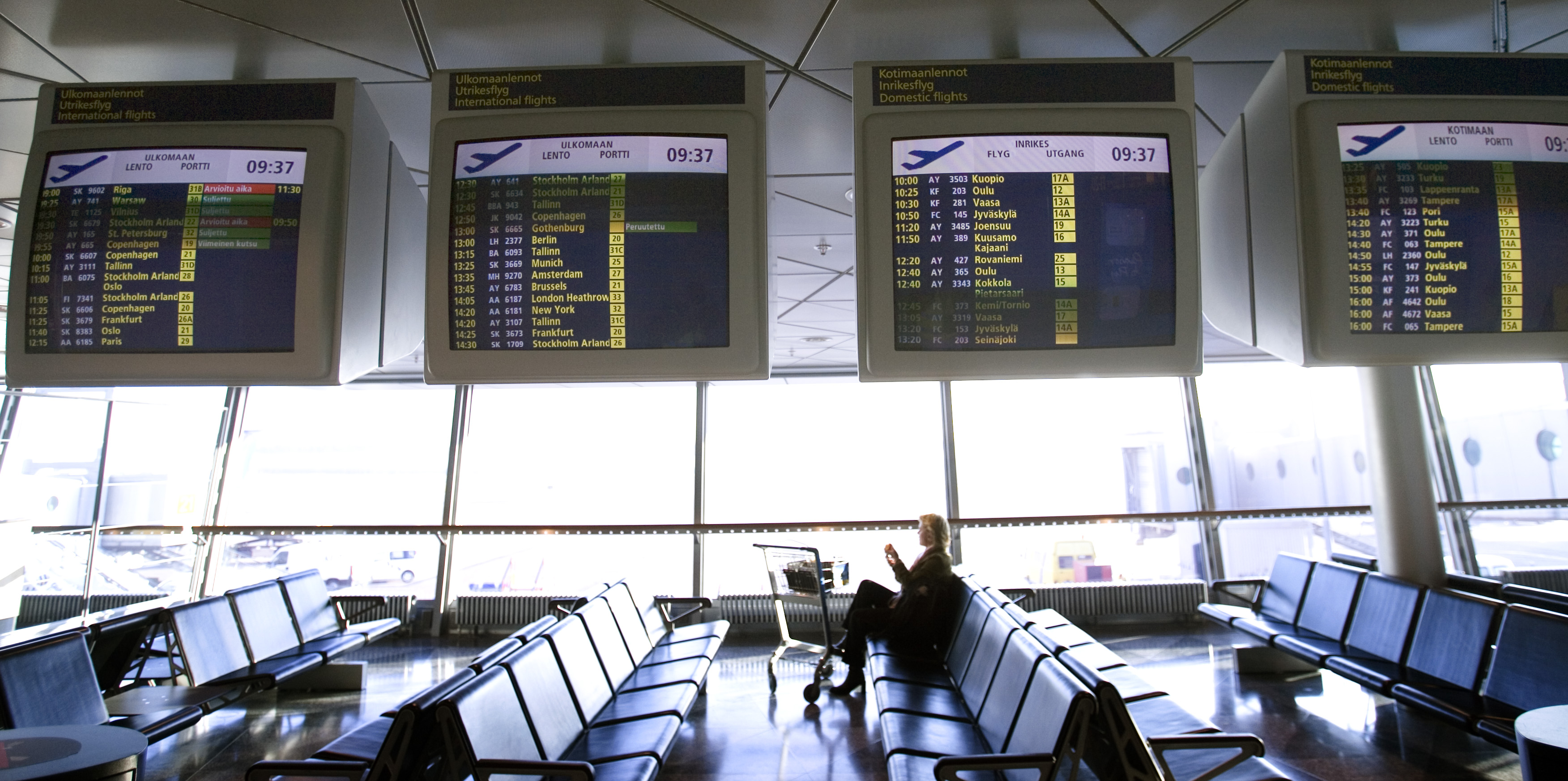

 Testing the controller for the viewer
Testing the controller for the viewer
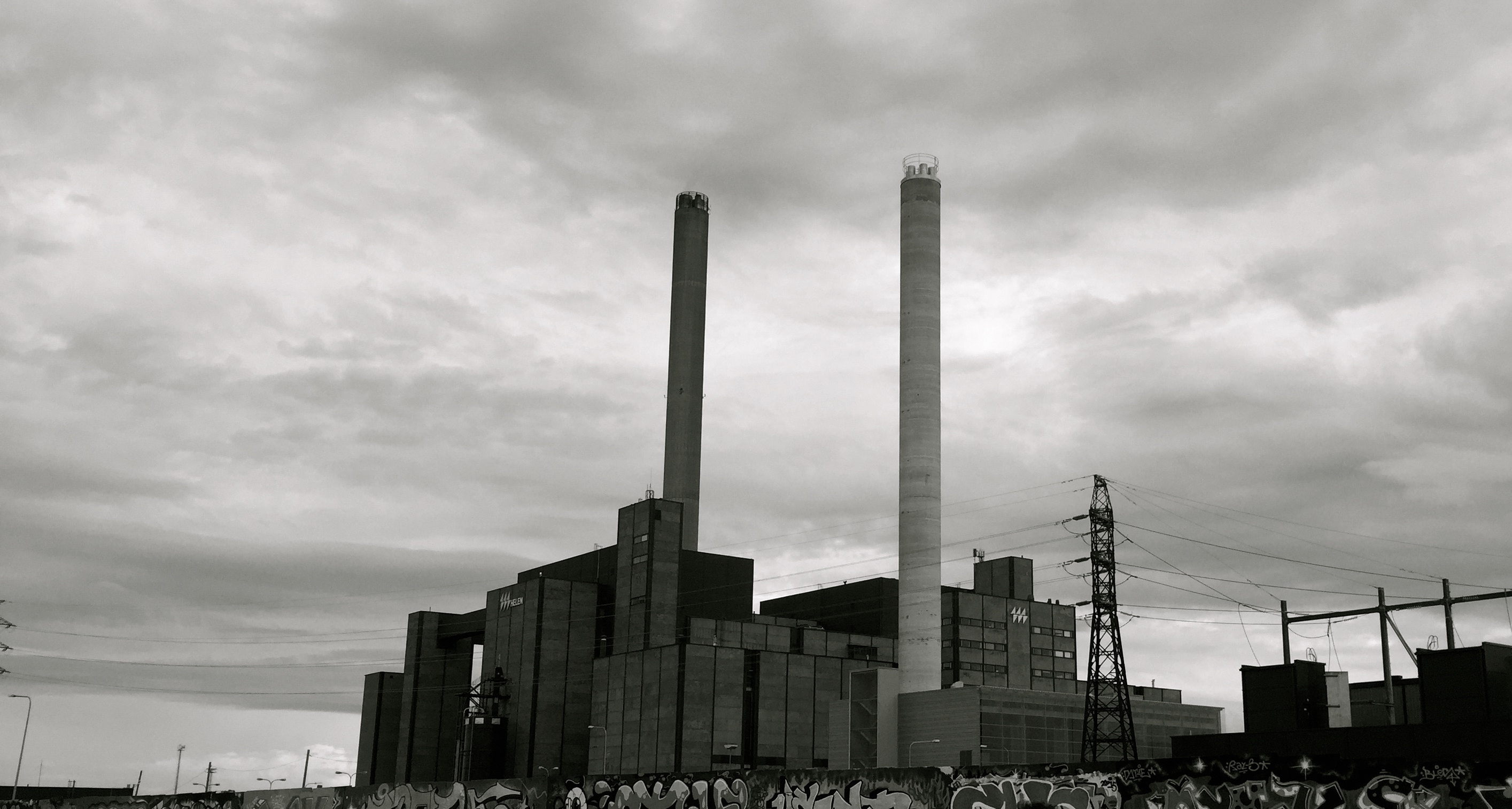
 Sun Effects created the the original floorpan of the event. However, the tent that was originally planned got too small so the new design features a bigger tent to accommodate a bigger stage and more booths for partners.
Sun Effects created the the original floorpan of the event. However, the tent that was originally planned got too small so the new design features a bigger tent to accommodate a bigger stage and more booths for partners.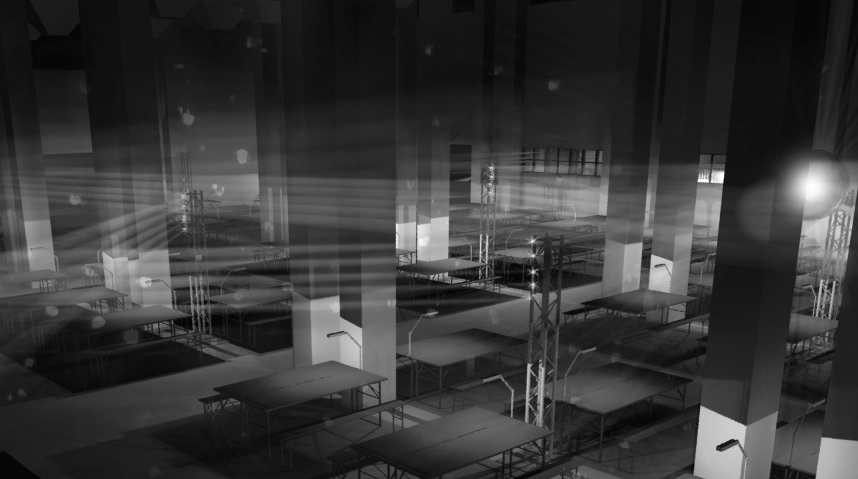 An early design of the hall by our friends at Sun Effects
An early design of the hall by our friends at Sun Effects
